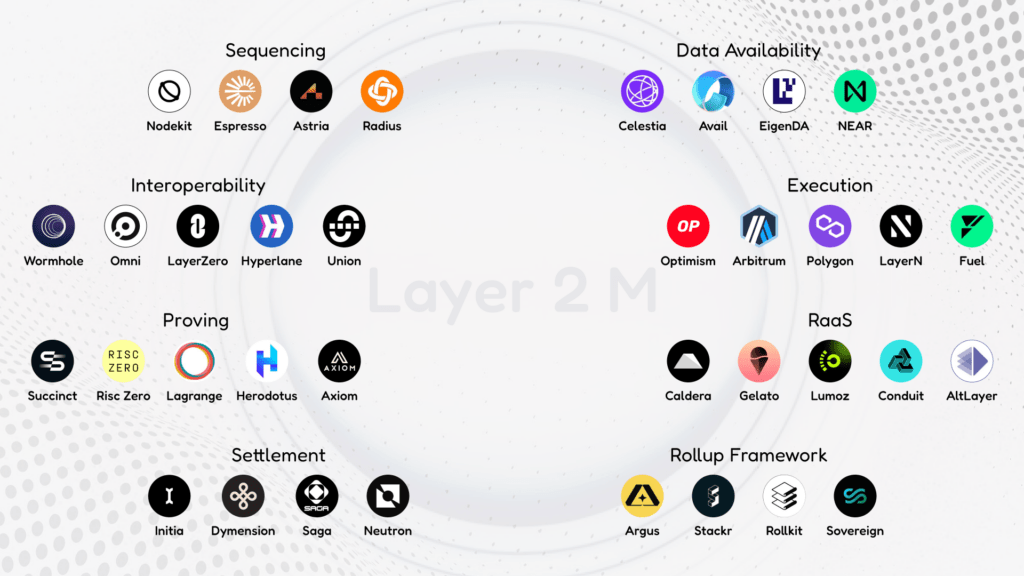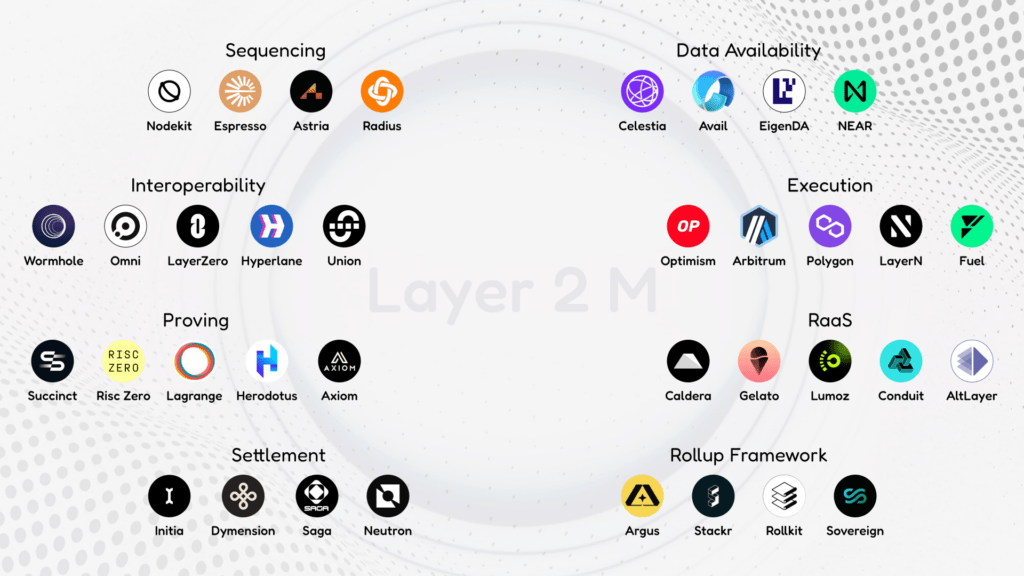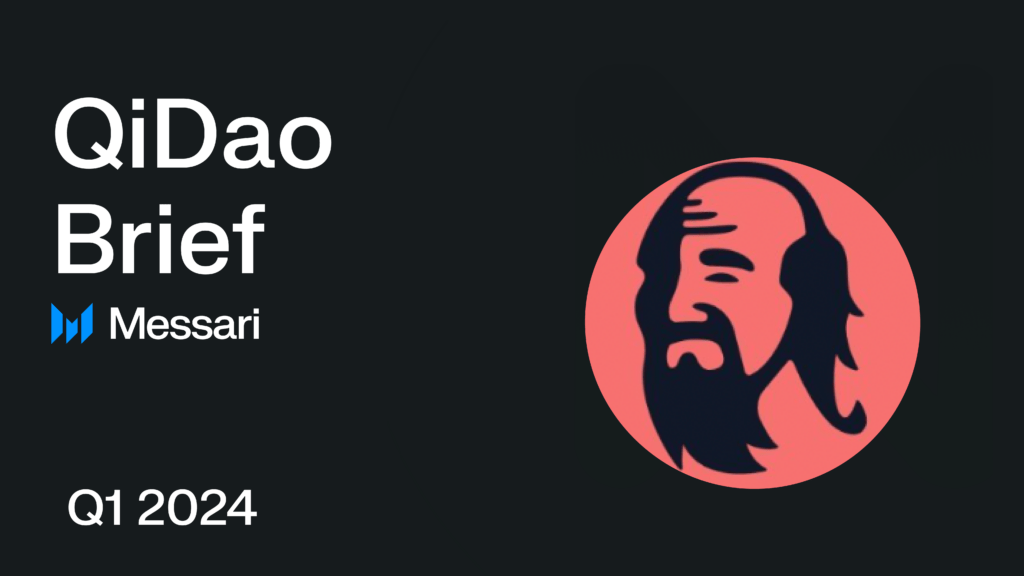Podcast Summary
This podcast episode delves into the recent DNS hijacking incident involving the Frax Finance website, emphasizing the need for better security solutions in the crypto industry. The hosts, joined by guests Jack, David, and the Nexus Network team, discuss the new Polygon CDK stack and its potential to revolutionize the DeFi space. They also introduce a new product designed to generate incremental revenue for app chains, highlighting partnerships with Nexus Network and Figment. The conversation further explores the concept of rehypothecating assets, liquidity management, and the potential of Layer 2 solutions in the Ethereum ecosystem.
Key Takeaways
Security Concerns and Solutions in the Crypto Industry
- DNS Hijacking Incident: The podcast begins with a discussion on the recent DNS hijacking incident involving the Frax Finance website, highlighting the vulnerability of DNS-supported front ends and the need for better security solutions such as decentralized hosting or on-chain web domain registration.
- Importance of Security: The hosts emphasize the importance of security in the crypto industry, particularly in Web 3.0, and the need for higher standards. They also highlight the significance of operational security (opsec) and user-friendly experiences to attract more people to the crypto space.
Polygon’s New Stack and Its Potential
- Polygon CDK: The hosts discuss Polygon’s new stack, Polygon CDK, which allows developers to build their own ZK-powered L2 solutions on Ethereum. They mention various modules and features of Polygon CDK, including the Bridge module, which has seen experimentation by the Maker team.
- Innovation in DeFi: The hosts stress the need for more innovation and business models that go beyond protocols and apps in the DeFi space. They discuss the concept of bridges functioning like collateralized debt protocols and question the sustainability of spread-based businesses in the crypto industry.
Generating Revenue for App Chains
- New Revenue-Generating Product: The hosts introduce a new product that combines various factors like the L1-L2 bridge, interop layer, and rehypothecation environment to generate incremental revenue for app chains. This product allows businesses to function as usual and generate revenue in a similar way to traditional finance.
- Partnerships and Support: The hosts mention partnerships with teams like Nexus Network and Figment, as well as support for assets like USDC and Euro assets. They discuss the potential use cases for the generated revenue, including funding public goods, supporting different rollups, and providing alternative business models for enterprises.
Rehypothecating Assets and Liquidity Management
- Rehypothecating Assets: The hosts discuss the concept of rehypothecating assets as a way to subsidize validation and pay validators without emitting a native token. They highlight the potential risks, including liquidity issues and potential downward pressure on prices.
- Liquidity Management: The hosts emphasize the importance of managing liquidity to mitigate risks and ensure the stability of the network. They compare the process to traditional banking, where banks keep a portion of assets and manage liquidity based on inflows and outflows.
Potential of Layer 2 Solutions in the Ethereum Ecosystem
- Use Cases for L2s: The hosts discuss potential partners and use cases for layer twos (L2s) in the Ethereum ecosystem. They mention that protocols with large amounts of stablecoins can benefit from rehypothecation on L2s and that L2s can be used for traditional enterprise blockchains, fintech platforms, and savings applications in unbanked countries.
- Future of L2 Adoption: The hosts express hope that L2 adoption will lead to collaborations and improvements in the stablecoin ecosystem. They believe that L2 adoption can lead to a paradigm shift in the industry and open up new opportunities for value creation in DeFi.
Sentiment Analysis
- Bullish: The hosts express a bullish sentiment towards the future of the crypto industry, particularly with the introduction of Polygon’s new stack and the potential of Layer 2 solutions in the Ethereum ecosystem. They are optimistic about the new product designed to generate incremental revenue for app chains and the potential for rehypothecating assets to subsidize validation and pay validators.
- Neutral: While the hosts express optimism about the future of the crypto industry, they also acknowledge the challenges and risks involved, particularly in terms of security and liquidity management. They stress the need for better security solutions in the wake of the recent DNS hijacking incident and the importance of managing liquidity to mitigate risks and ensure the stability of the network.











